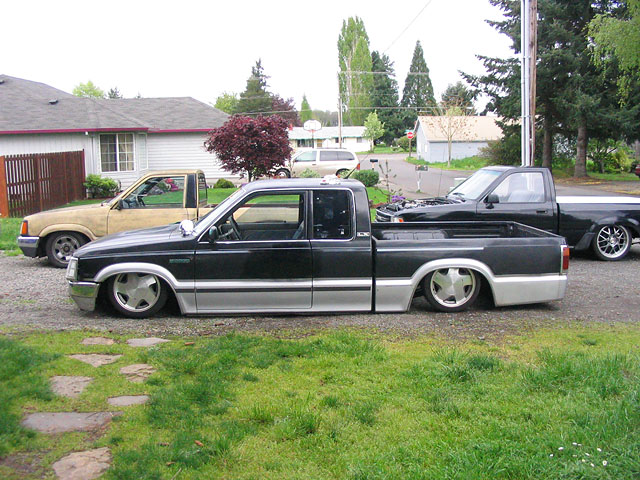DrMoab
NAXJA Forum User
- Location
- The Utah Backwater
Seems that lately I have been doing more and more back country wheeling with lots of weight hanging off the back and on the roof of the XJ. I am running very soft springs and love the way they work off road and really don't want to mess with them so...l am thinking of air bags.
A couple of questions to anyone who knows.
Is there any reason that setting up airbags with a custom mount closer to the center of the axle would be a bad idea? My thoughts are if they were closer together then when the axle articulates they would not have to move as far...hense you could use shorter airbags.
Two...If you hook airbags together with one bigger air line running between the two wouldn't this also keep them articulating by transfering air between the two bags?
I am not looking to lift my jeep anymore...Just keep it level with a lot of extra weight.
A couple of questions to anyone who knows.
Is there any reason that setting up airbags with a custom mount closer to the center of the axle would be a bad idea? My thoughts are if they were closer together then when the axle articulates they would not have to move as far...hense you could use shorter airbags.
Two...If you hook airbags together with one bigger air line running between the two wouldn't this also keep them articulating by transfering air between the two bags?
I am not looking to lift my jeep anymore...Just keep it level with a lot of extra weight.





